Basic AI Chatbot Pricing: A simple chatbot that can answer questions about a product or service might cost around $10,000 to develop.
Read More
![]() Location :
Orlando, FL, USA
Location :
Orlando, FL, USA

Company

From humble beginnings to distinct milestones, We have made history.
Providing detailed architecture diagrams, design guidelines, regular status updates, review calls, best coding practices, advanced deliveries, product enhancement insights, and comprehensive post-deployment support.

Years of Experience

Dedicated Professionals

Successful Projects

Happy Clients

Golden Opportunity For Unconventional Thinkers! We have made history.
Mail Your CV at : hr@biz4group.com

Our Leadership Team Crafting the Future of Business with Visionary Leaders

Chief Sales Officer

Board of Director

Technology Director

CTO

Technical Director

Chief People Officer

Founder & CEO
AI Products

Achieve 50% increase in agent productivity and 80% in CSAT.
Efficiently categorizes customer inquiries for streamlined support & faster response times.
Automates booking process, managing calendars and setting reminders for upcoming appointments.
Handles transactions smoothly, ensuring secure payments and processing refunds without hassle.
Keeps customers informed by tracking orders from dispatch to delivery accurately.
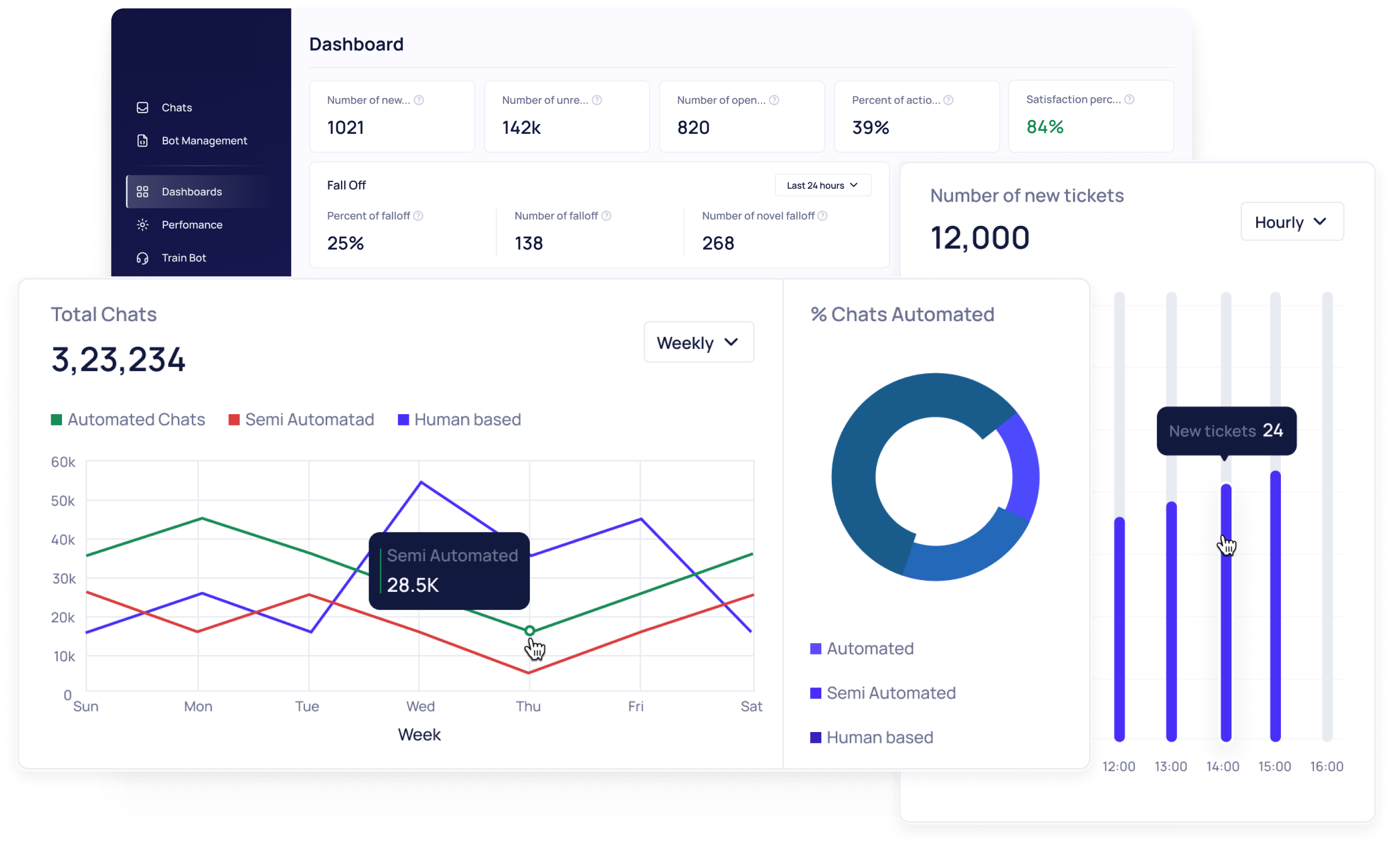

Streamlining the recruitment lifecycle with AI capabilities
Enables swift communication between job seekers, employers, and staffing agencies.
Automates payroll, ensuring accurate, timely payments and reducing manual errors.
Seamlessly integrates with CRM and accounting for efficient staffing operations.
Customizable software for agencies to maintain brand consistency and professionalism.
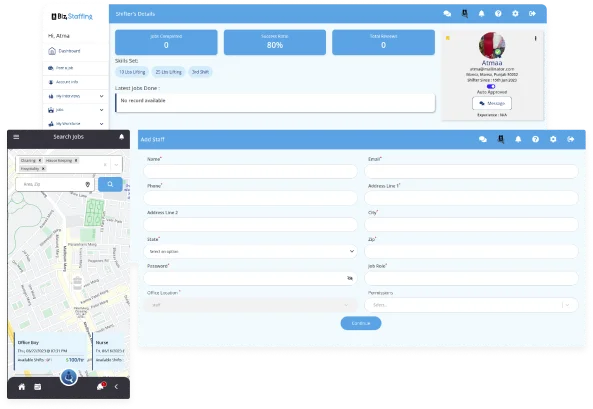

Supporting most of the IoT sensors and actuators out there.
Access to all your IoT devices via centralized internet.
Generate PDF reports for sensor data and share them directly.
Set limits so that you get quick alerts if something goes wrong or isn't as expected.
Spot patterns and detect deviations in sensor data.
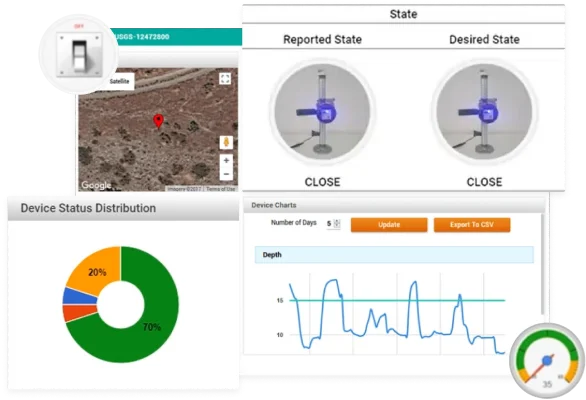

Streamlining enterprise eCommerce with Biz4Commerce®
3D visuals and AR for product illustrations.
AI-powered
chatbots, CRM integration
Lead scoring, automated landing pages, cross-selling and up-selling.
Multi-language and currency support, taxes and payment.
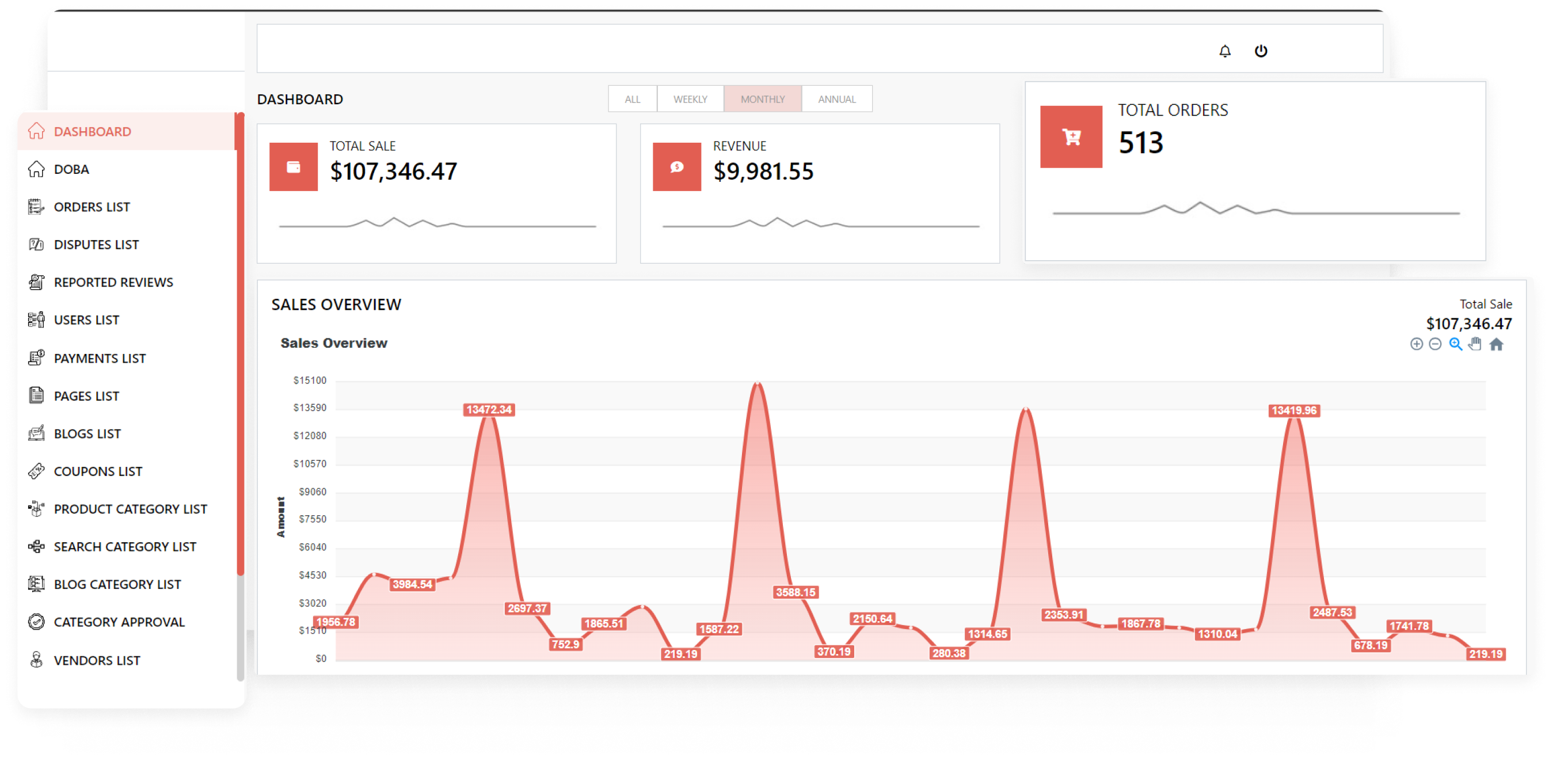
Services





Resources
Discover our handpicked collection of insightful blogs on latest industry trends.

Basic AI Chatbot Pricing: A simple chatbot that can answer questions about a product or service might cost around $10,000 to develop.
Read More

Biz4Group is a renowned software company that offers advanced IT solutions based on cutting-edge technologies such as IoT, AI, and blockchain. Their innovative and reliable approach has earned them a reputation as a leading global software company. Recently, Sanjeev Verma, the CEO and founder of Biz4Group, was interviewed by GoodFirms to shed more light on their business.
Read More

Chatbots are spreading their roots worldwide; every company wants to deploy or integrate them with their systems. But why is everyone running behind the integration and deployment of chatbots?
Read More

Music Streaming App Development Cost: A basic music streaming app mvp can cost somewhere around $20k – $30k, and a more advanced app with added functions costs somewhere around $50k – $60k.
Read More

Transforming projects into excellence-driven, results-oriented transformation stories.
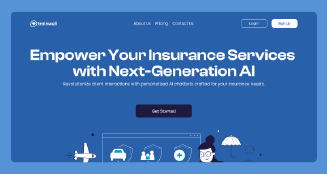
The story is about how we built an AI-powered avatar of our client that helped them train insurance agents with a 50% improvement in training efficiency.
Read More

Let's dive into the journey of how our team at Biz4Group developed one of its kind Avatar-based AI eLearning solutions for psychotherapy students.
Read More

The story is about how we built an AI-powered human resource management system that helped the ShiftFit staffing agency achieve 25% reduction in operational costs.
Read More

Adobe stands as a mogul today in the multimedia computer software industry worldwide. Adobe Flash, Photoshop, Adobe Illustrator, Acrobat Reader, PDF and Adobe Creative Cloud are some of the revolutionary creative solutions Adobe is currently offering to millions of users globally.
Read More
Company
AI Products
Services
Resources
AI usage simply means the integration of artificial intelligence into the environment to enhance business operations and decision-making. When the AI technologies are adopted by organizations, it gets easier for organizations to automate various processes, analyze data and gain insight into various processes thus making the organizations to be efficient, accurate and productive. In this blog, we will talk about AI statistics 2024 and AI use cases in different industries.
It is being realized by companies at an increasing rate that AI has significant advantages, Let’s explore AI adoption statistics:
Gartner believes that 75% of software engineers will be using code assistants by the end of 2025.
More than 50% Americans think AI will change the fundamentals in the coming years. (Ipsos)
According to Intercom, 74% of leaders believe that AI will completely change customer service careers in the upcoming 5 years.
AI processes can be as lowly as doing easy operations inherent in our line of work. Integrated intelligence can be applied to major decisions or viewing information.
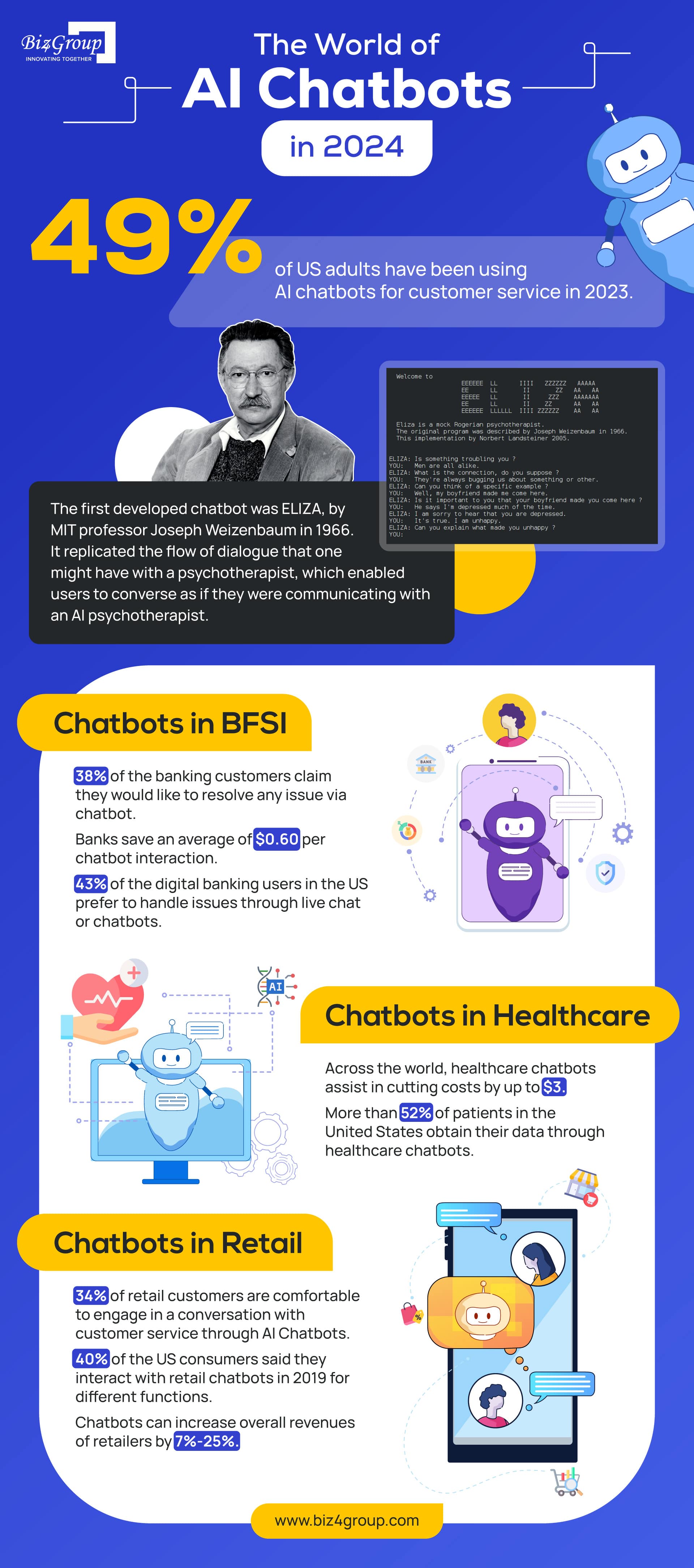
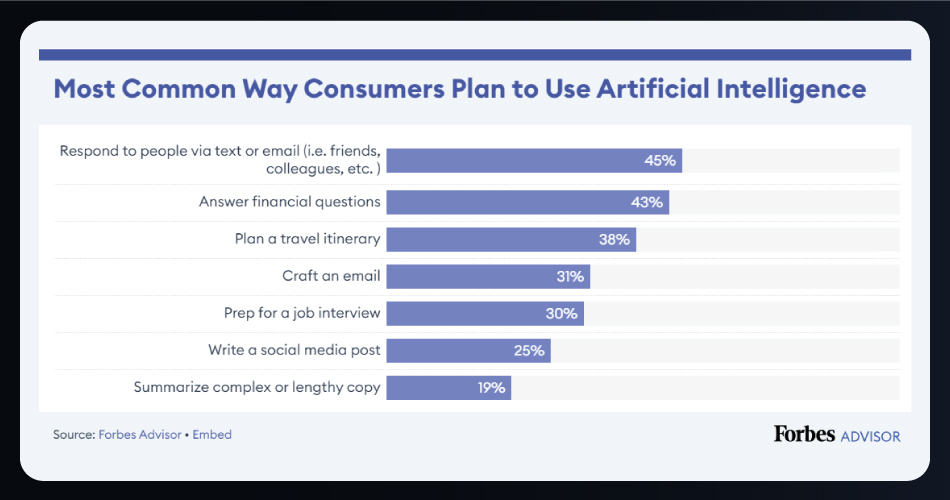
Source - Forbes Advisor
Birth of AI: It took place in the early 1950s, when Alan Turing published Computer Machinery and Intelligence, which later proposed a test of ML, known as The Imitation Game.
According to recent studies by National University, 77% of devices being developed and used have atleast some forms of AI in them.
90% of organizations support Artificial Intelligence for competitive advantage.
There are multiple use cases of finance. Let’s explore them with the AI adoption statistics:
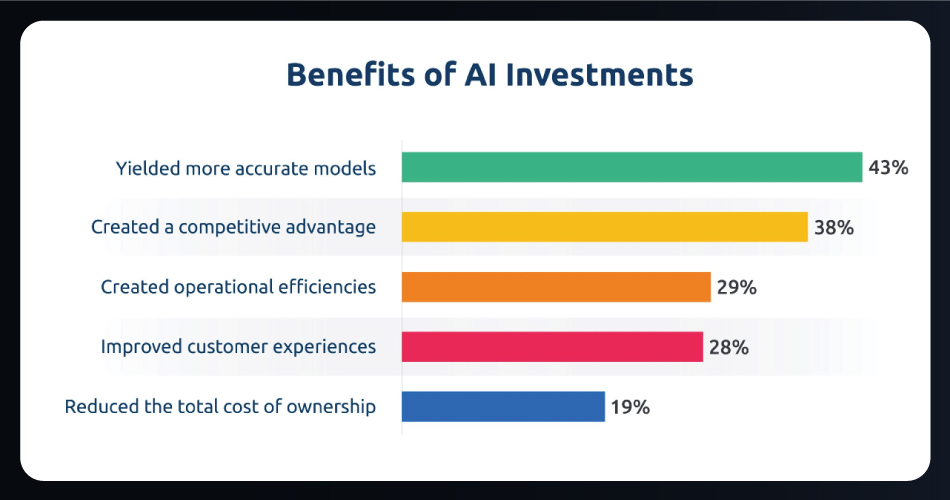
Source - M2P Fintech
1. Fraud Detection: The detection of frauds is carried out effectively by AI systems. The transaction patterns are analyzed, and they also identify discrepancies in the transaction patterns in real-time, which greatly minimizes the number of losses.
JP Morgan uses AI in their payment validation screening and to help clients by showing them their transactional insights, such as cash flows, whenever they need it.
2. Algorithmic Trading: Through AI algorithms, trading decisions are made using market analysis and outperform regular models. This application has particularly formed a favorite with hedge funds and trading firms.
In the past decade algorithmic trading has increased, in the US share market almost 70% of trading takes an initiative through algorithmic trading. (FIU Business)
3. Customer Service Automation: The agile and functional AI chatbots and voice-activated virtual assistants shall be used to handle many customer support calls and messages. This has enhanced efficiency in the delivery of services, better customers’ satisfactions and a reduction in the operational costs.
JP Morgan’s AI chatbot, Finn, handles more than 1 million customer queries and answers per month, it shows the scalability of AI in customer service. (JP Morgan)

4. Personalized Financial Services: In the investment and financial products fields, the customers’ individual characteristics may be used with the help of Artificial Intelligence to provide personalized suggestions and recommendations to the customers which will, in turn, lead to high levels of customer satisfaction.
According to a survey by NVIDIA, almost 46% of finance corporations using AI have reported better customer service experience.
There are multiple use cases of healthcare. Let’s explore them with the AI adoption statistics:
Following are the use cases, reported by hospitals with AI adoption in healthcare in 2023.
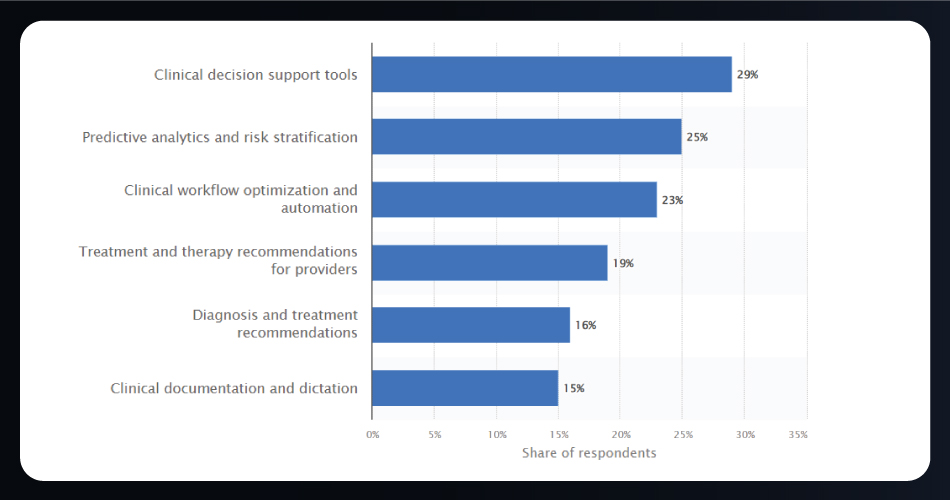
Source - Statista
1. Medical Diagnosis and Treatment: Artificial Intelligence solutions are applied in diagnosing diseases and suggesting suitable treatments.
According to Meticulous Research, 86% of healthcare providers and life science companies are currently using AI, indicating a commitment to integrating AI technologies into healthcare operations, particularly for medical diagnosis, which leads to improved AI adoption statistics.
The overall growth rate of AI in the medical diagnostics market is anticipated to be a compound annual growth rate (CAGR) of 36.2%, reaching approximately $9.38 billion by 2029.
2. Medical Imaging Analysis: Machine learning shows a relatively new remarkable application in helping diagnose an individual’s diseases through imaging scans.
According to Grand View Research, the global AI in medical imaging market size was estimated at $1.1 billion. The market size is reaching 01 billion in the year 2023 and has a compounded annual growth rate of 34. 8% in the period of 2024-2030 and growth of an estimated USD 14,423.15 million by 2032.
3. Patient Data Processing: Through the modern techniques used in AI systems, large volumes of patient data are processed to produce results that point to high-risk patients.
According to Scoop Market, the integration of data within the health care industry is vital as 45% of global health care services use data integration software, in the processing of their patients’ information.
4. Remote Patient Monitoring: Telehealth is another area of AI application that offers capability for the remote supervision and monitoring of the patient's condition. They allow early intervention that in turn enhances patient experience, reduced hospitalization and better overall health systems.
AI in the remote patient monitoring market is expected to grow to four times at a global level to $4. 3 billion by 2027, proving the fact that this is one of the most popular fields where millions of dollars are invested. (KMS Healthcare)
There are multiple use cases of retail. Let’s explore them with the AI adoption statistics:
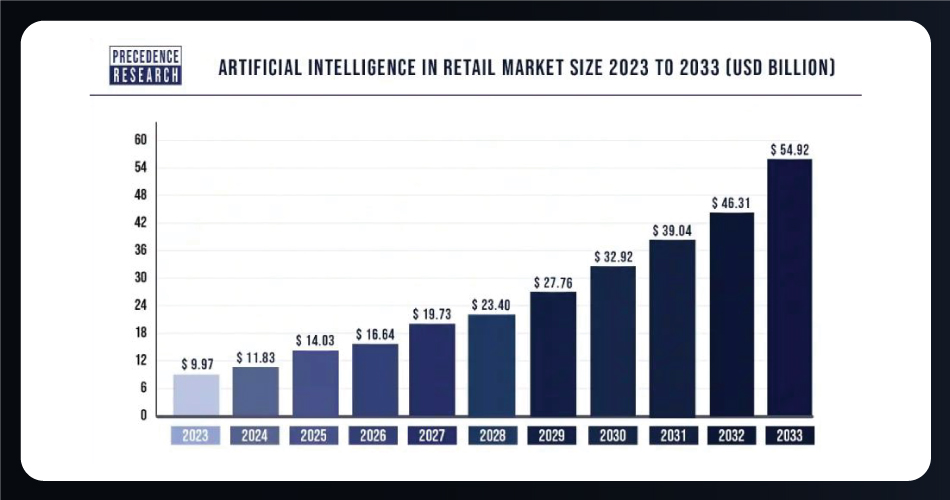
Source - Precedence Research
1. Personalized Recommendations: Based on the customer’s behavior and preferences, an artificial intelligence generates a pattern of recommendations most likely to interest the customer. It makes the shopping experience more personalized, making the customer engaged and thus buying more products.
In the survey by Salesforce, it was revealed that 93% of retailers are applying generative AI in their operations. For example, personalization of email content and recommendations of products they may offer to customers, indicating a commitment to improvement of the experience customers are subjected to.
A survey reveals that already 36% of the retail employees are using generative AI and it is forecasted that this number will increase to 45% by the end of 2025, customer experience being the most benefited area from the advancements in AI technologies, which leads to improved AI adoption statistics. (Salesforce)
2. Demand Forecasting: AI assists retailers to forecast the demand for the products, due to changes in previous sales and the current market demand. This capability helped businesses to better plan for stock, avoid stock out and most importantly avoid having excessive stock. Therefore, the implementation of AI in the demand forecasting area is expected to have a large impact in the areas of operations and to benefit consumers in a large way.
As per the survey by McKinsey, it was revealed that the companies which have adopted AI in demand forecasting, and 10-20% growth is seen in forecasting accuracy.
3. Inventory Management: Automated intelligence in supply chain is improved through the correlation of customer purchase information with supply chain statistics on inventory. This integration becomes useful in ensuring that the retailers can manage their stock levels reasonably well, identify gaps that are available and match supply with demand. AI in inventory control for retailers has benefits such as minimization of wastage and space utilization, thus cutting costs for the business.
According to Data Forest, almost 60% of retailers are using AI in some capacity, while many more are planning to adopt AI to enhance inventory management process, which led us to an improved AI adoption rate.
AI is bringing constant industries by improving efficiency, accuracy, and customer experience across finance, healthcare, and retail. AI adoption by industry is leading to significant advancements such as enhanced fraud detection, personalized recommendations, and better medical diagnosis.
Organizations are recognizing the value of AI, with many already benefiting from its ability to automate processes and support strategic decision-making. As AI continues to be integrated into business operations, it is set to offer even greater competitive advantages, driving innovation and growth. The growing reliance on AI underscores its crucial role in shaping the future of these key sectors.

Sanjeev Verma, the CEO of Biz4Group LLC, is a visionary leader passionate about leveraging technology for societal betterment. With a human-centric approach, he pioneers innovative solutions, transforming businesses through AI Development, IoT Development, eCommerce Development, and digital transformation. Sanjeev fosters a culture of growth, driving Biz4Group's mission toward technological excellence. He’s been a featured author on IBM and TechTarget.
Linkedin -
https://www.linkedin.com/in/sanjeev1975/with Biz4Group today!
Our website require some cookies to function properly. Read our privacy policy to know more.